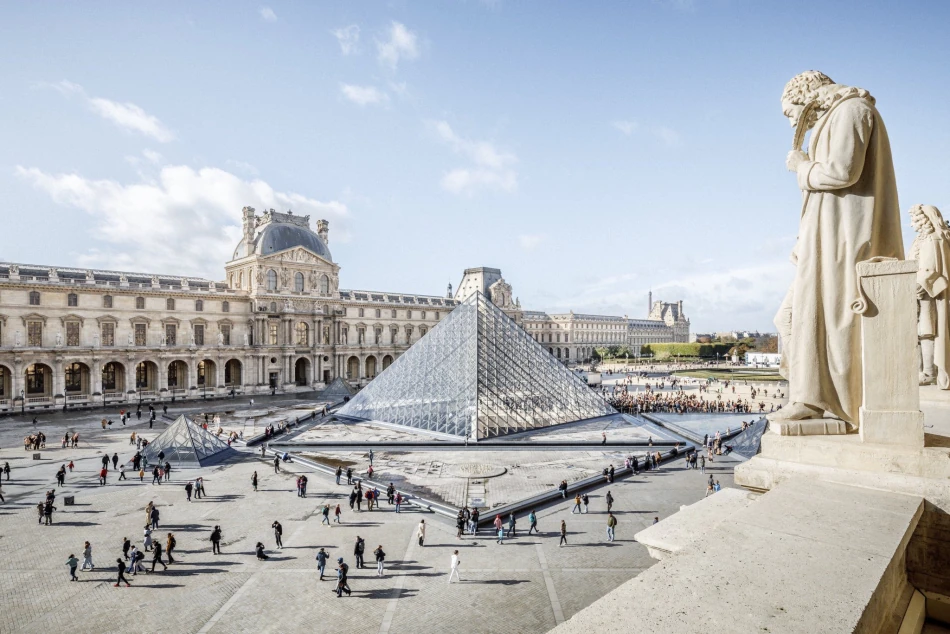
Louvre Safeguards Prized Treasures in French Bank after Theft Incident
The Louvre Museum has moved some of its most valuable jewelry to the Bank of France following a brazen daylight heist last week. French radio RTL reports the transfer involved precious pieces from the museum's Apollo Gallery, which houses royal-era gems and jewelry.
The robbery happened when thieves broke into the Louvre through a window and made off with jewelry pieces before escaping on motorcycles. It's the kind of bold museum heist that sounds like a movie plot, but it was real enough to force one of the world's most famous museums to relocate its treasures.
The transfer took place on Friday under heavy security. A special French police unit escorted the valuable items from the museum to the central bank's vaults. The Apollo Gallery, where these pieces normally live, showcases jewelry and decorative arts from France's royal period - items that are both historically priceless and worth millions on any market.
This move shows how serious the security breach was. Museums don't just pack up their crown jewels and move them to bank vaults unless they're genuinely worried about their safety. The Louvre likely decided its current security measures weren't enough to protect these irreplaceable artifacts.
For the museum, this creates immediate practical problems. Visitors who come specifically to see the Apollo Gallery's royal jewelry collection will find key pieces missing. But the bigger issue is what this says about security at major cultural institutions. If thieves can break into the Louvre in broad daylight and escape on motorcycles, other museums are probably reviewing their own security protocols right now.
The Bank of France, meanwhile, has some of the most secure vaults in the country. Moving the jewelry there makes sense as a temporary measure while the Louvre figures out how to prevent future break-ins. But it also means some of France's cultural treasures are now locked away from public view, at least for now.
Most Viewed News

 Sara Khaled
Sara Khaled






